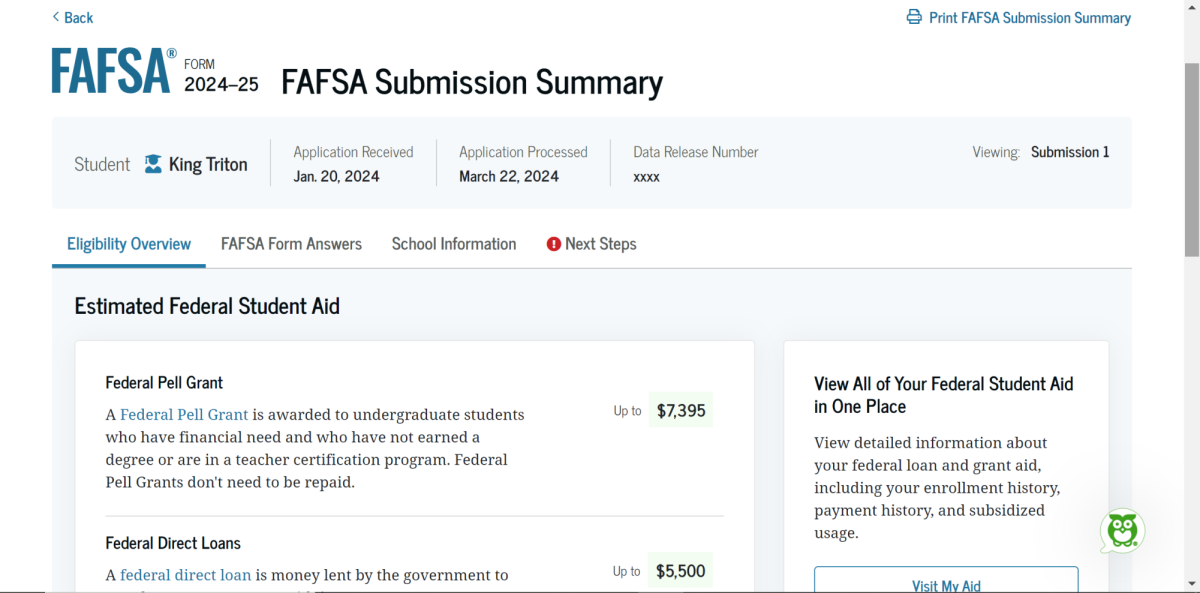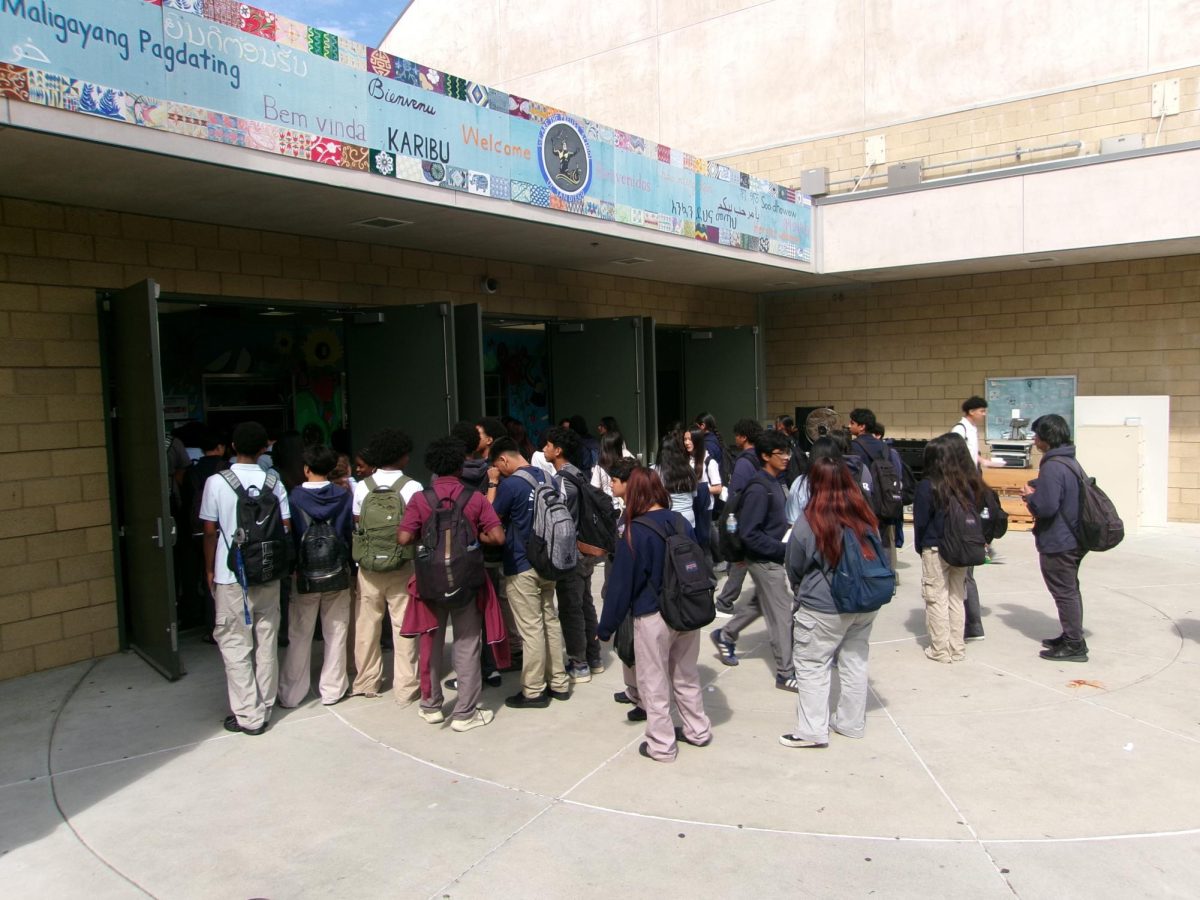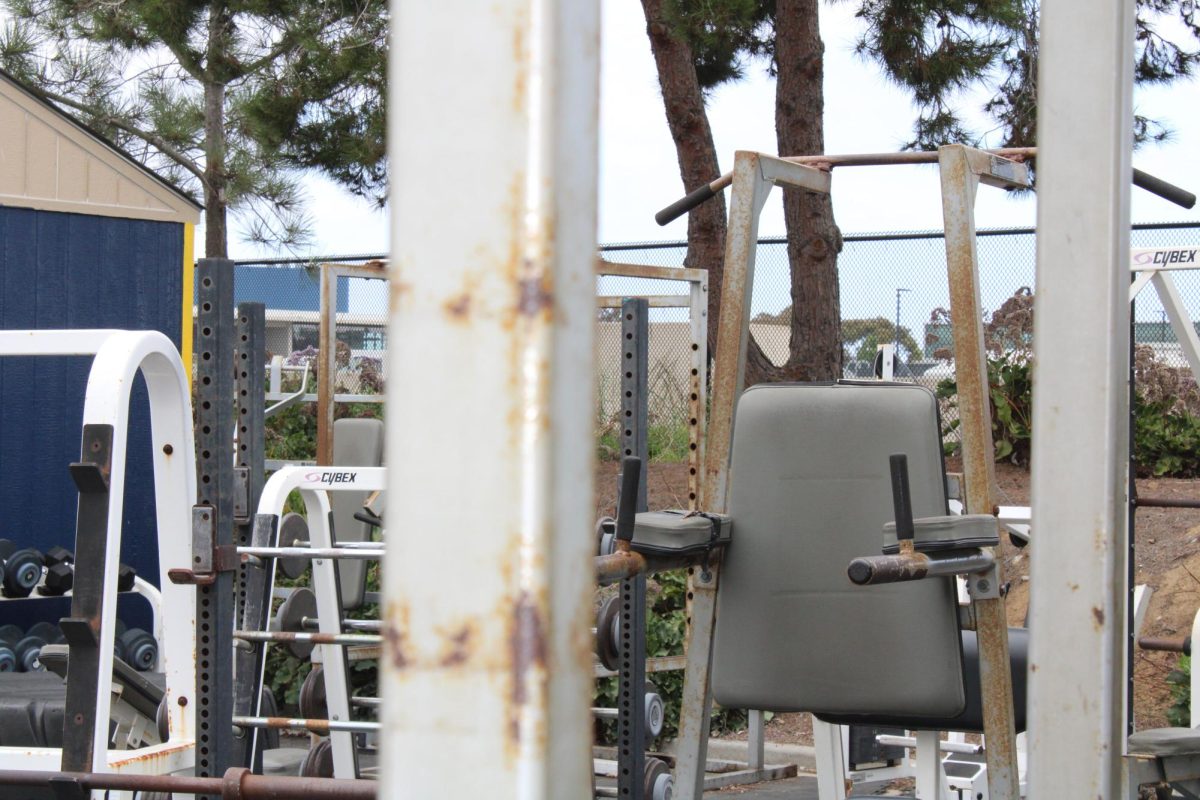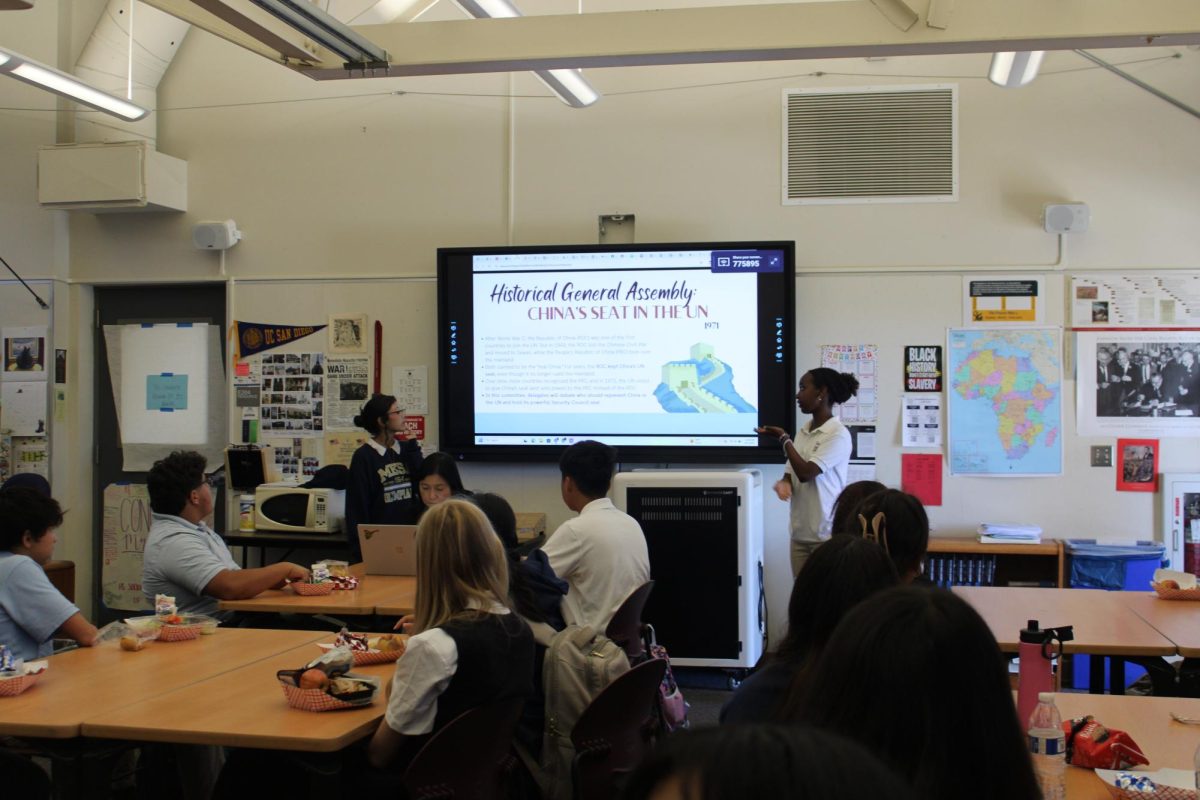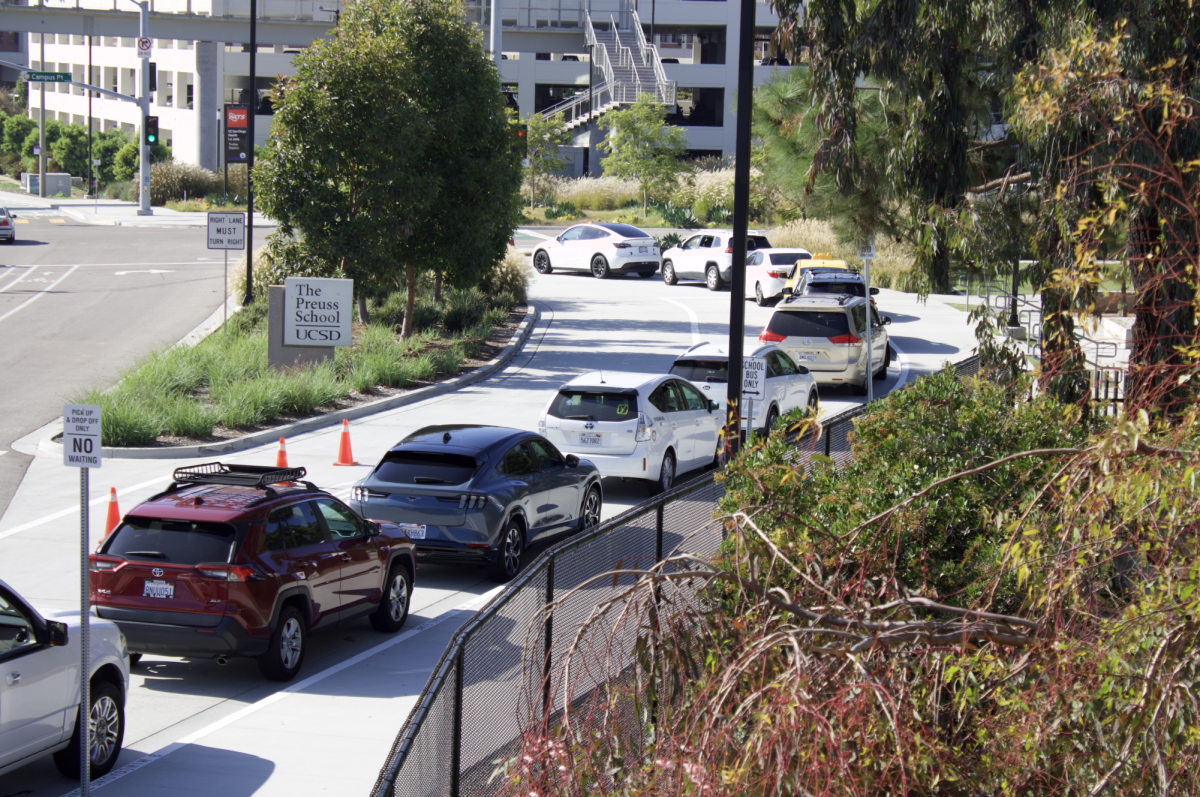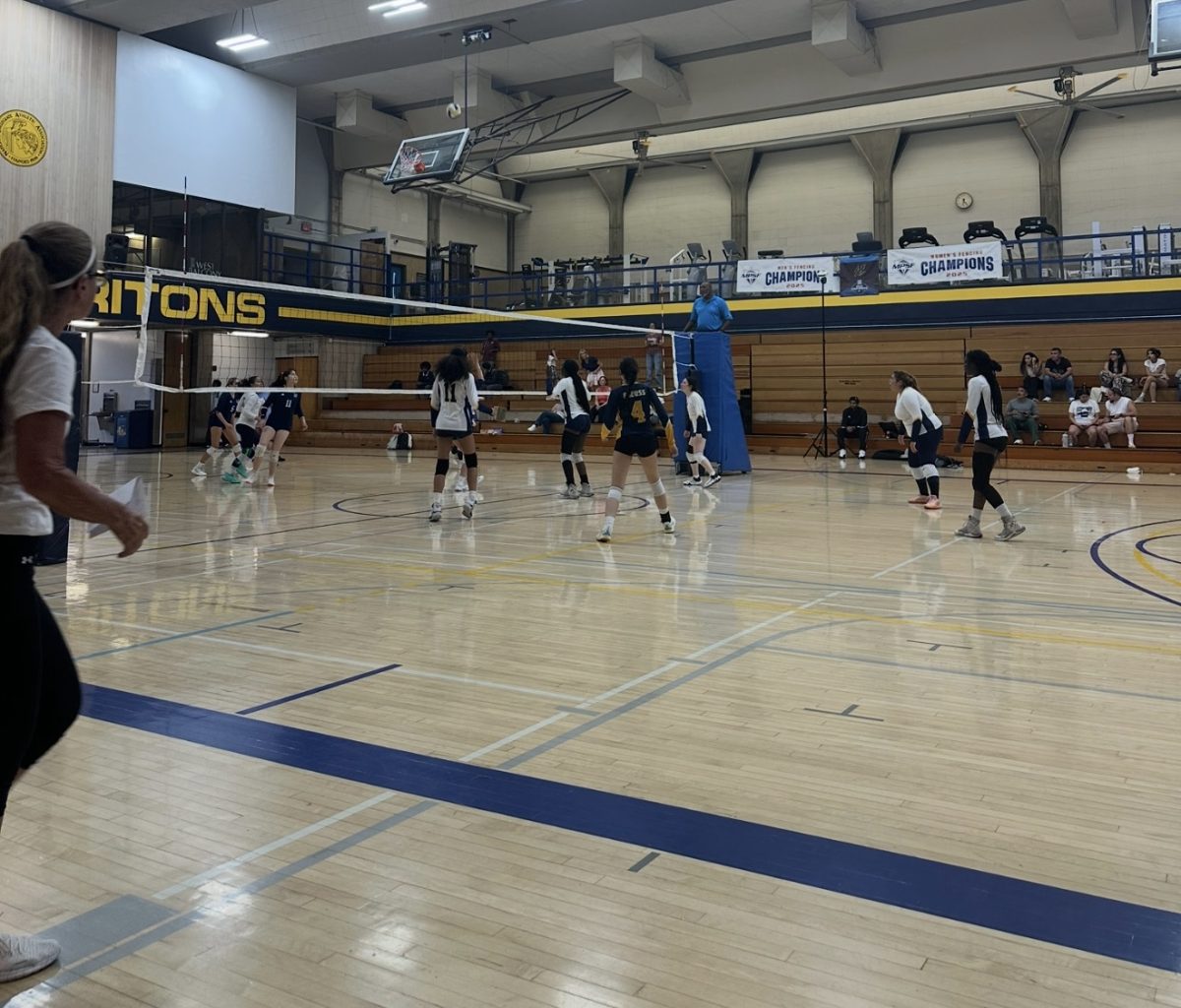Seniors apprehensively check their emails, anticipating financial aid packages which specify the total amount of financial aid offered by the university to cover their educational costs. As their feet anxiously tap the floor, their palms sweaty, and their fingers crossed, they hope to see that they’ve received the financial aid which will cover their future academics.
After being accepted, the college that students have been accepted into provides them with a financial aid package which tells them how much they have received from the college to cover their school expenses. Lower-income students tend to get more financial aid than students of higher socioeconomic class. Colleges are able to provide students with grants funded by the government, or loans can be taken out to create a payment method in which they will pay for their college tuition. Some people take years to pay off their entire tuition which is why loans are not as popular of an option.
However, this time around, most seniors are very irritated. The Free Application for Federal Student Aid, (FAFSA), has changed the application process, and although it has become easier, the glitches with the application have made it very difficult to access and finish. During this time, seniors should have already obtained their financial aid packages and are most likely choosing which school they will be committing to.
As a result, California has had to push back their financial aid deadlines from March 2nd, to April 2nd, then again to May 2nd, making thousands of students across the country impacted. Students receiving their financial aid packages from their potential universities late leads to them failing to receive enough time to make a decision on where they want to go for college.
“I was pretty frustrated because it took a really long time for me to get my financial aid packages back ,.and it got in the way of my decision making so the time factors just got really annoying,” expresses Natnael Teklemariam (‘24).
Ms. Bandy, Preuss’ College and Workforce Coordinator, helps seniors with their financial aid packages by reviewing it with them line by line. She ensures that her students understand how much they would have to pay first; then students decide if the university is a good fit for them or not. Ms. Bandy also presents to the senior classes to help them interpret the packages on their own but offers to meet with them one on one if they need to.
“I would say Ms. Bandy was the biggest help … she actually explained to me how the financial aid packages work and what I would actually end up owing and estimates,” stated Breyen Valencia Reynoso (‘24).
As for finding a way to pay for your financial aid Ms. Bandy shares how she did so.
“I did receive financial aid packages,” stated Ms. Bandy. “It did not cover all my college fees but I worked all four years and so, that helped me a lot. I also did take out some loans but not too many for my undergraduate. However, I did have to take out a lot more loans when I went back to school.”
However for some scholars they have to find other means to cover their costs.
“For some of my schools I have received my financial aid packages and it’s kind of underwhelming … I was expecting to get a lot more money,” expresses Younase Mekonnen (‘24). “I am still planning on attending UCSD, through scholarships and aid and getting a job [to pay off tuition].”
As for now Gavin Newson signed a bill on March 25 extending the deadline for California’s students to file their FAFSA to May 2, 2024. Despite the multiple technical issues scholars faced during FAFSA launch they have revamped the form making it a lot easier for student applicants.


